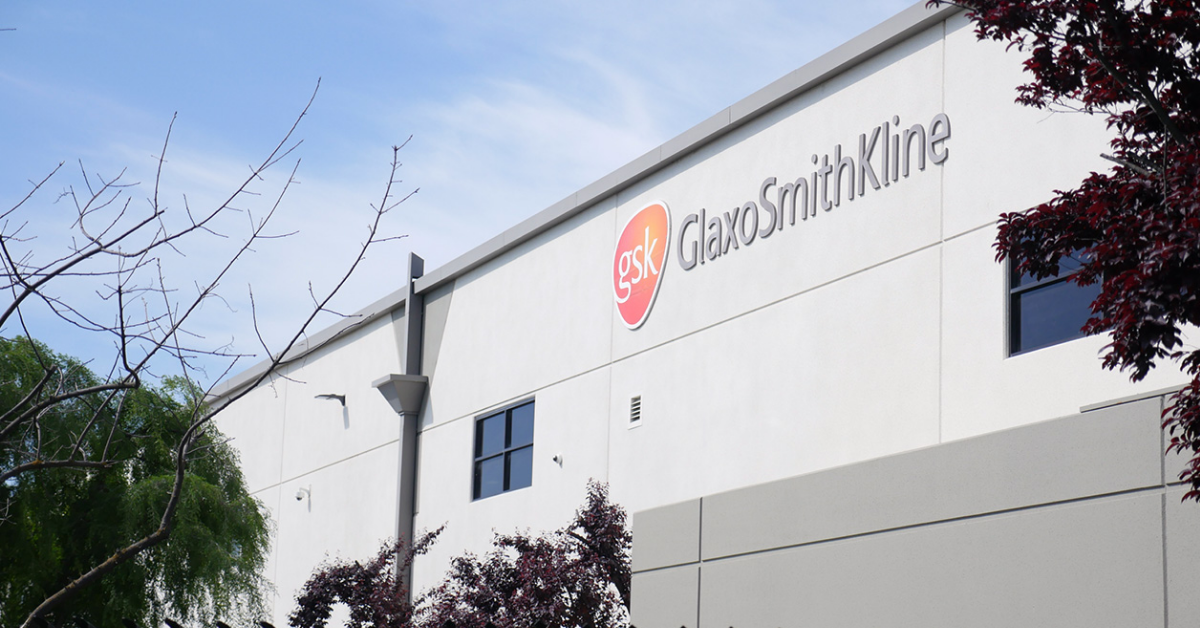GANGS WIN, NEIGHBORHOODS LOSE

This CrimeView session ended with Dyer in front of TV cameras and reporter microphones, answering questions.
The Chief didn’t mention code enforcement by name. But to listen to his comments was to see all too clearly the connection between crime, the state of neighborhoods, the health of Fresno’s most vulnerable residents and role that Rudd’s holistic approach to code enforcement is intended to play in our city’s future.
“It’s disturbing,” Dyer said of the recent flurry of gunfire. “In Southwest Fresno, 19 shootings have occurred in the last 28 days. That is very alarming, and should be for the residents in Southwest Fresno. And when we look at the number of shootings that have occurred over the last 28 days, West Fresno gang members are the ones largely responsible…. Those are the gangs we are particularly focused on, more so than any other gang in our city. We are going to be continuing with our focus on West Fresno gangs, making sure they are receiving that message loud and clear.”
Dyer said the victims of gang violence include neighbors who may not be specifically targeted by the shooters.
“We, as a city, are fed up with gangs and their violence,” Dyer said. “We have people living in those neighborhoods, people who have lived there many, many years, and they are being plagued within their neighborhoods. And much of it is attributed to these West Fresno gangs.
“Some of them do not live in West Fresno today. They live in other parts of the city. But they have a tendency to come right back to their old neighborhoods and to be involved in shootings…. I think many of the West Fresno gangs feel empowered.”
Fresno Bee reporter Jim Guy asked about the long history of gang violence in the Jensen/Walnut area.
“We have the Muhammad Gang that has been in that area for many years,” Dyer said. “Even though often times they move out of that area, they have a tendency to come right back to that area and be involved in criminal activity. The truth is, when rival gangs are looking for them, they come to that location to see them. Often times, that’s when we see gunfire erupt in those neighborhoods.”
Fresno before the Great Recession had almost 850 cops. That number dropped (through various kinds of attrition, not layoffs) below 700 at one point. The force is back above 700, and is supposed to hit the 760 mark by June 30.
But for a variety of reasons, Fresno’s roster of sworn officers remains closer to 700 than 760.
“There’s no question we have a shortage of police officers in this city, and we have for a period of years,” Dyer said. “We are now in a rebuilding phase for building up our patrol staff again. It’s taking a period of time. We lost some momentum in hiring when we didn’t hire officers for several years. Now we are in that hiring mode again. What that means is, from time to time, we have to shift resources from one particular area or concentrate our proactive resources in a particular policing district, knowing that when we do that other policing districts suffer.
“But we are being very patient right now until we can rebuild and staff our departments to the degree we need to. Cops count. We have got to have police officers in these neighborhoods, we have got to have police officers available in a proactive mode like we’ve seen in the Southeast policing district. That is a really good illustration , when we can take police officers, focus their effort in particular area on a particular crime and watch the numbers (shootings and robberies) get reduced…. We need to replicate that in Southwest Fresno.”









